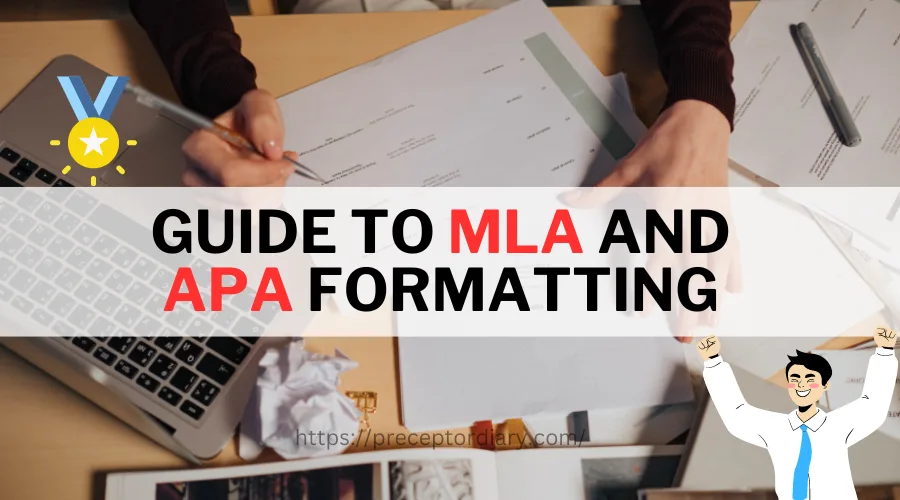Paper Format Guide

Welcome to our comprehensive guide to MLA and APA formatting! Here, we’ll delve into the intricacies of both MLA (Modern Language Association) and APA (American Psychological Association) formatting styles.
Whether you’re a student, researcher, or writer, understanding these formats is essential for academic and professional success. Below are some resources for you:
What is the importance of selecting the correct format for writing?
Following a specific formatting system, such as MLA or APA, is important for several reasons:
Clarity and Consistency: Formatting guidelines provide a standardized way to structure and present academic papers. By following a specific format, readers can easily navigate your work and understand its organization.
Credibility: Adhering to a recognized formatting style demonstrates your attention to detail and commitment to academic integrity. It enhances the credibility of your work and reflects positively on your professionalism as a writer or researcher.
Academic Requirements: Many educational institutions, publishers, and academic journals require submissions to follow a particular formatting style. Meeting these requirements is essential for academic success and publication opportunities.
Proper Attribution: Formatting styles include guidelines for citing sources and referencing external materials accurately.
Reader Expectations: Readers, including instructors, peers, and publishers, often have expectations regarding the formatting of academic papers. Meeting these expectations makes your work more accessible and reader-friendly.
Overall, following a specific formatting system ensures clarity, credibility, and adherence to academic standards, enhancing the quality and professionalism of your writing.
Common Mistakes to Avoid in MLA and APA Formatting
Incorrect Margins, Font, and Spacing: Ensure adherence to specified margins, font sizes, and spacing.
Inaccurate In-Text Citations: Properly format and include all required in-text citations.
Errors in Works Cited or References Page: Double-check entries for accuracy and completeness.
Improper Handling of Quotations and Paraphrases: Clearly attribute all borrowed information and provide accurate citations.
Inconsistent Formatting: Maintain consistency in formatting style throughout the paper.
Ignoring Specific Formatting Guidelines: Familiarize yourself with and follow guidelines for all source types.
Forgetting to Proofread: Thoroughly proofread for formatting errors, typos, and inconsistencies before submission.
Learning Newsletter
Resources and ideas to transform education. Sign up below.
Welcome To PreceptorDiary
I finished my MBA a few years ago. My next goal is to obtain a PhD degree. However, in light of all the experiences I have gained on this long journey, I have prepared the PreceptorDiary so that you can study better. You will find something you like here whether you are a student or a teacher. Enjoy!



